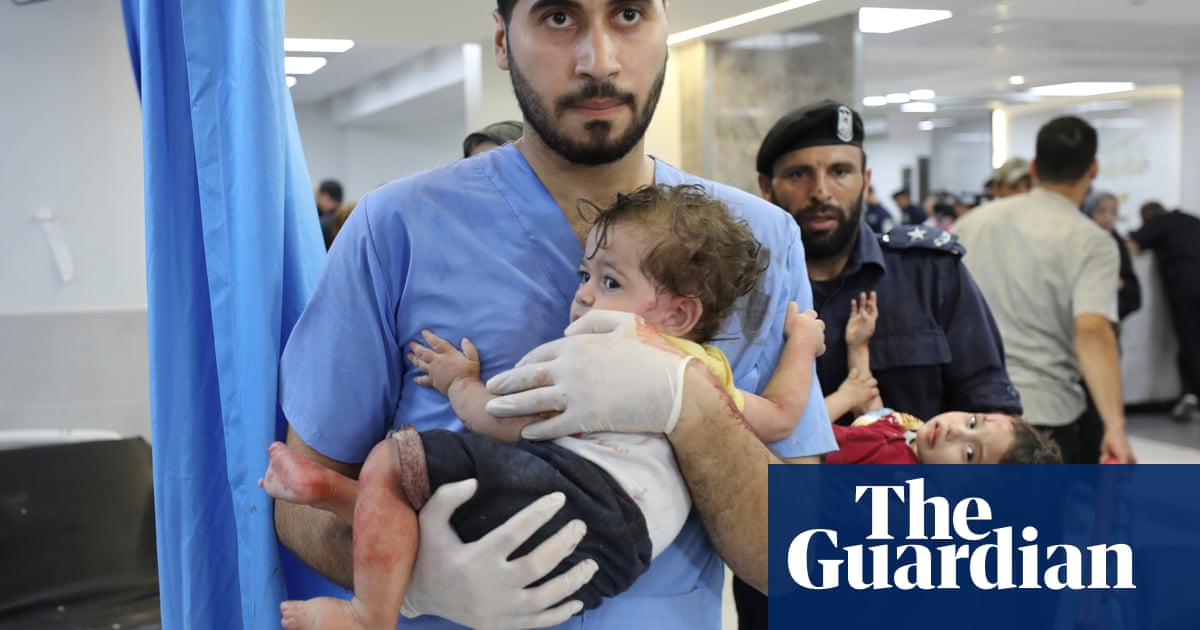
It took courage for Ayodeji Bella to raise the subject of female genital mutilation in her rural community in southern Nigeria. She knew local chiefs were key to challenging beliefs around the practice but when Bella, who was cut at five, broached the issue with an elder from her village, she was rebuked.
“I was young and unmarried and they wouldn’t take me seriously.”
Four years on, the tribal chiefs are contacting Bella directly for advice on how to stamp out FGM.
One of a thousand grassroots activists in 10 African countries backed by the Global Media Campaign (GMC), Bella now hosts discussions on television stations. “After I started appearing on TV, they couldn’t shut me up,” she says. “They had to listen and now the tribal leaders contact me and say ‘let’s talk about FGM’.”
FGM has been practically eliminated over three years in one community where she works.
Engaging with local media is the most efficient way of changing minds, according to Maggie O’Kane, former Guardian journalist and co-founder of GMC.
“We pioneered this new activist model and now because we have the data to prove it works, we have big organisations like UNFPA and Plan [International] supporting it.”
Since 2016, GMC has raised $6.4m (£4.8m) – channelling it directly to small, local groups.
“I really think if we give these frontline women more money, we can end FGM by 2030. They don’t waste a penny,” says O’Kane.
Eleven independent impact surveys in countries including Sierra Leone and Nigeria have shown the success of the small grants – typically between $300 and $500.
Three years of surveys in Kenya’s Tana River region showed support for the most severe type three FGM dropped from 89% to 5%.
In Mali funding has delivered 193 local and national media campaigns, accumulating 468 hours of airtime reaching 86 million people. Afterwards, an independent study by 60 Decibels in 2021 recorded an 8% drop in support for FGM in the previous six months.
O’Kane says: “Mali’s TV chief would not even allow FGM to be mentioned on-air 18 months ago, but now the negative impact of cutting girls is being shown during primetime TV ads reaching 5 million people a night – and the rates of cutting are falling.”
The World Bank has now given $50,000 to build on the progress.
“There used to be this idea that you could have a pan-African, one size fits all policy to tackle FGM,” says O’Kane. “But the factors driving the cutting of girls vary. In Sierra Leone, you have the Bondo secret societies run by women, whereas in Somalia it is all linked to religion, and in Nigeria, it is the tribal chiefs who hold the power.”
O’Kane says: “Our activists use little radio stations and cheap TV, they barter with their contacts. We have this whole unofficial network skilled at bargaining for air time.”
Messaging platform WhatsApp is at the heart of activist networks, linking campaigners, who offer mutual support and ensure money is accounted for. “For this model to work, the accounts have to be impeccable,” says O’Kane.
Bella is from Wanikin village in Osun, a state which has the highest rates of FGM in Nigeria.
She says: “Often we see funds from big NGOs stopping in Abuja or Lagos.” Smaller grants have been supporting work to challenge deep-rooted beliefs in harder-to-reach communities.
“For some people where I live cutting is a profession that has been handed down through generations. They want to protect their father’s legacy by continuing the practice so our work is to challenge that belief system.”
Ifrah Ahmed has been using grants for radio projects in Somalia.
The founder of the Ifrah Foundation has been working in camps for people displaced by hunger and war after hearing about women who had died in childbirth due to complications related to FGM. Ahmed distributes $10 radios and says she has already noticed a shift in attitudes.
“Pregnant women who have had type three FGM are dying because of the way they have been cut. In some cases, we are hearing of both the mother and baby dying because the mother will be pushing for several days, but the baby is stuck.
“Now we are using the airwaves to spread the word – often through interviews with doctors and midwives – to convince women who are having difficulties in labour to go to hospital.”
The speed and effectiveness of local responses has convinced big funders that they can give money safely at grassroots level.
In January 2020, it was estimated that it would cost $2.4bn to end FGM by 2030 in 31 countries.
Mireille Tushiminina, coordinator of a joint programme by the UN Population Fund and the UN Children’s Fund on the elimination of FGM, says direct funding of activists is now key to reaching the UN goal to end FGM by 2030.
“We have just completed phase three of our programme and the priority of our fourth phase will be working with the grassroots feminist movement and bringing more youth on board,” she says.
“We don’t want to limit ourselves to funding country and regional offices. We are also looking at innovative funding streams that will reach those at local level.”
This month the joint programme held an international youth summit .
“Young people are bringing a lot of innovation. More important are those who are not afraid of disrupting the system – I personally see conflict as an opportunity for social change,” Tushiminina says. “Our roundtable events give us the opportunity to think differently about the approach.
Anti-FGM campaigning has taken a considerable hit from the poverty brought by the pandemic. It is estimated that 2 million more girls over the next decade will be subjected to the practice than before Covid.
In Kenya, for example, many families supplement their incomes with cash earned by relatives working in hotels or as cleaners.
When tourism shut down and poverty closed in, families were left with few options. O’Kane says: “One activist told me: ‘Everyone is poor and desperate – all they have is their girls.’ You can get eight cows for a girl. But if you are going to get a dowry, then the girls need to be cut.”
But Covid did bring opportunities. “During lockdown in Guinea we saw the motorbike taxi drivers become the eyes and ears of the community,” says Tushiminina. “Due to the increase in gender-based violence, groups of men mobilised themselves to report harmful practices, including FGM.
“The campaign expanded to 500 taxi drivers engaging in the spread of anti-FGM messaging. According to our Guinea country office, the initiative has the potential to reach 700,000 people. It has been so inspiring to see these young men join the fight.”
But those who know the communities where cutting is prevalent say ending FGM by 2030 is a tall order. “We need to double up on our systems. We need more funds and we need more people working on the ground,” says Bella.












